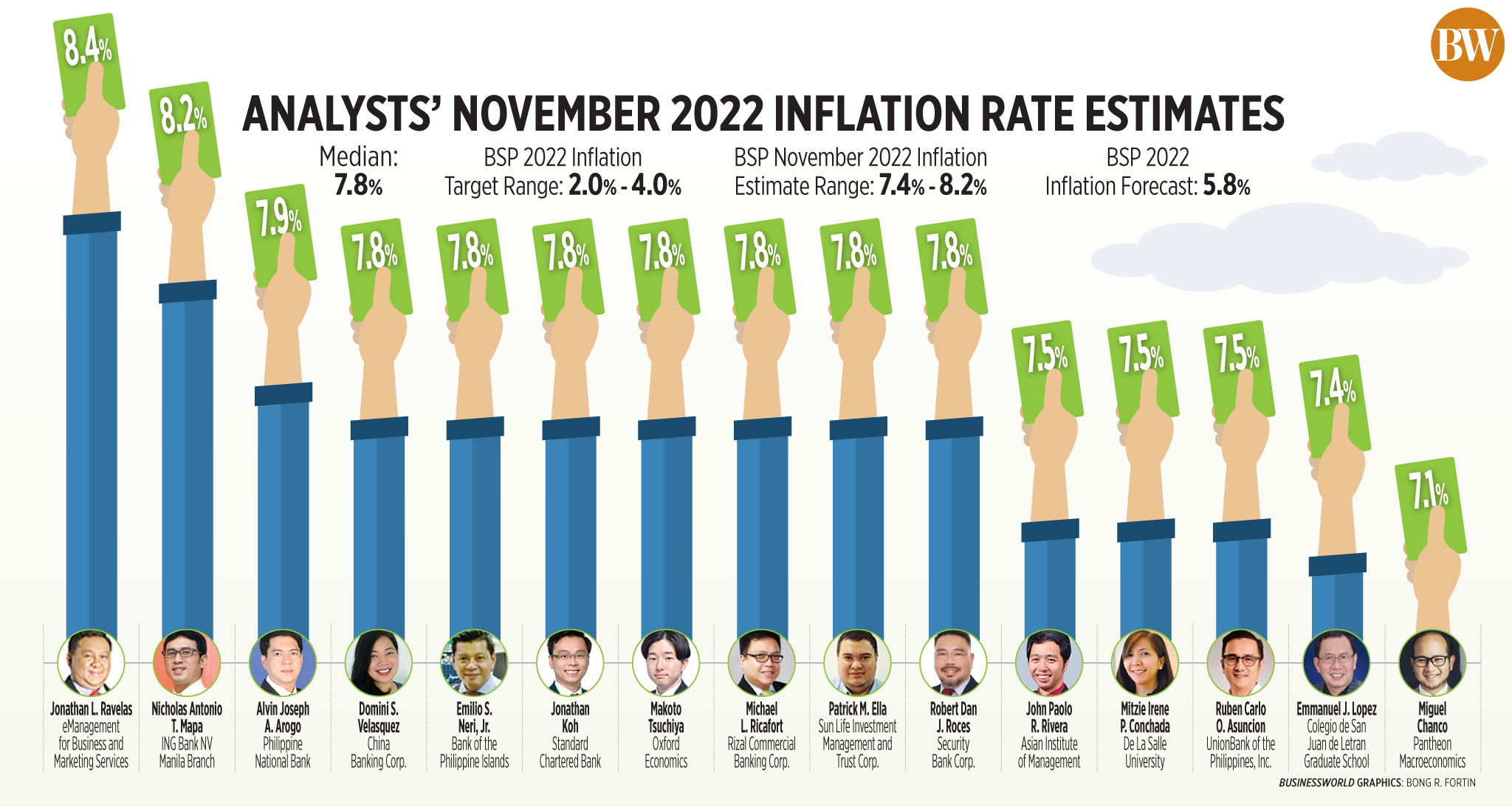More opportunities for Filipinos seen in Web3

New income stream for ‘MFWs,’ growth areas for startups
Web3, considered the next, decentralized form of the World Wide Web powered by blockchains, cryptocurrencies, and non-fungible tokens (NFTs), is giving way to the emergence of a new kind of profession and a new kind of business model in the Philippines, executives from Web3- and blockchain-based startups said.
Gabby Dizon, co-founder of play-to-earn (P2E) gaming guild Yield Guild Games (YGG), observed that as Web3 has given Filipinos new income opportunities by allowing them “to own a piece of the online economy” — as exemplified by owning an NFT in popular P2E game Axie Infinity — Web3 is initially driving the rise of what he calls the “metaverse Filipino worker” (MFW).
“What we’ve seen in opportunities with Web3, NFTs, and games like Axie, people can go into these virtual worlds, be a top player, a scholar manager, or even a content creator. Basically, you can find a way to earn a living there [in the metaverse] and help sustain your family without having to be physically separated from them,” Mr. Dizon explained during the Philippine Web3 Festival held earlier in November.
The Web3 space is also seen bringing a new, digitally-native business model in the form of gaming guilds.
Peter Ing, chief executive officer of BlockchainSpace, a one-stop shop for gaming guild needs, said that guilds have emerged like cooperatives, with members navigating a new industry and trying to monetize and generate revenue together.
“We realized that over 20,000 of those micro-communities suddenly came together… [Their numbers are] usually anywhere between 50 to 100 people online; but in person, they might only be five to 10 people running that. And we realized that these people were running their own businesses. They held these assets, rented them, leased them to someone else, and at the end of the month, they [get their share]. And now they’re looking for more business opportunities,” Mr. Ing said during a press conference prior to the Web3 Festival.
“We’ve already seen version 1 of the business model, and I think there’s going to be a lot more business models coming out. We’ll definitely see these skills as the new business model for the new digital economy,” he added.
Philippine startups
Mr. Dizon also observed that the Philippine startup scene has largely contributed to the growth of the Web3 space.
He said that after YGG started and was able to raise funding from international investors, other startups emerged, such as BlockchainSpace and BreederDAO, a startup specializing in breeding and crafting NFT characters and game items to be used in P2E games.
“What’s exciting, not just on the usage front, is that a lot of talented Filipino entrepreneurs who might have been employees of growth-scale startups… are now striking out, becoming founders of their own, getting VC (venture capital) funding, and basically competing with the best in the world in Web3,” Mr. Dizon added during the aforementioned press conference.
Such talents are given a great opportunity to propel their startups to further grow the Web3 space, he continued.
“They now have a much larger opportunity because the funding is open. You can get VC funding from anyone around the world, including the best VCs like Andreessen Horowitz, for example; and this is open to anyone who has a good idea and can refine it into a pitch and gain traction,” Mr. Dizon explained.
Mr. Ing said the future looks optimistic for Web3 the Philippines, and the rest of the world is watching.
“Education and regulation are important aspects of Web3 adoption in the Philippines. Education erases the stigma, enables Filipinos to understand what they are getting into, and builds on that community that they have surrounded themselves with. Regulation, on the other hand, legitimizes the players in the Web3 space. It is a good thing that government institutions here in the Philippines are very open-minded and forward-thinking when it comes to innovations like Web3,” he said.
Held last Nov. 14-18 in Bonifacio Global City, Taguig, the Philippine Web3 Festival, gathered global leaders from the world of cryptocurrency and Web3 to discuss the future of Web3 and learn from Filipino founders, investors, artists, content creators, and blockchain gamers on how they are advancing the industry in the country. — Adrian Paul B. Conoza














